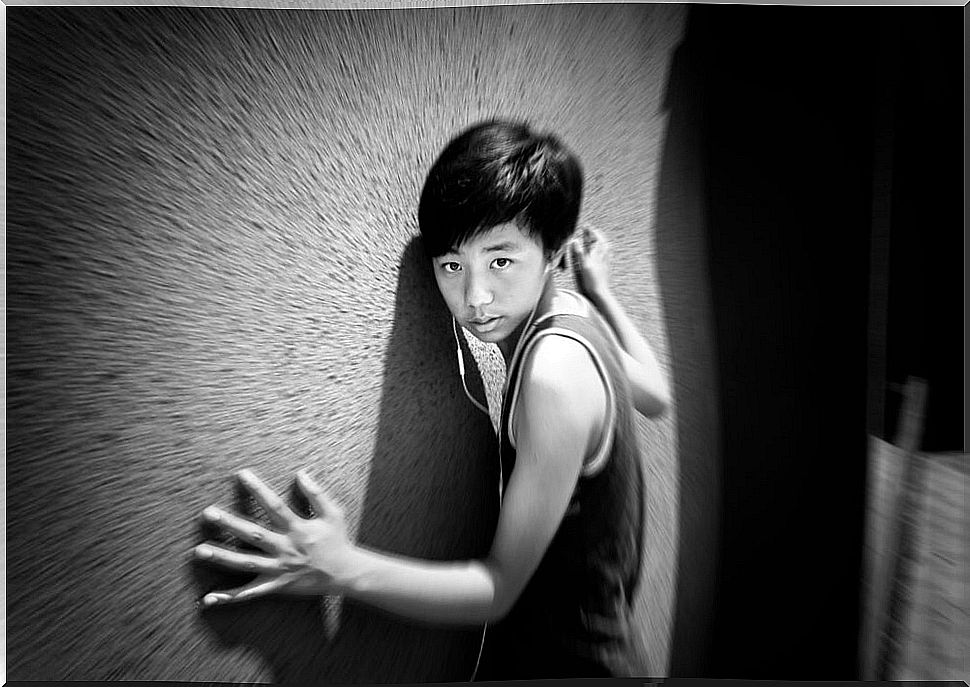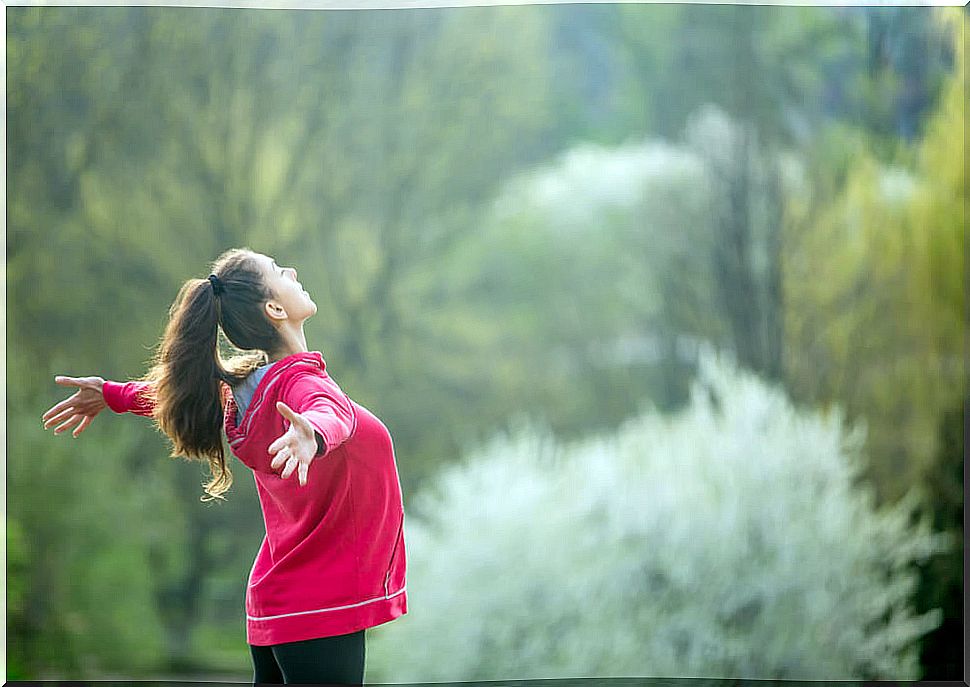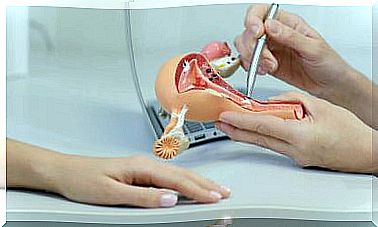3 Tips To Overcome Acrophobia
Are you terrified of heights? This fear is known as acrophobia. It is a phobia, very often disabling. It reaches a point where it is irrational, excessive, and the discomfort it produces interferes with the person’s routine.
Acrophobia is in the classification of anxiety disorders, since it certainly produces a feeling of distress when the person is exposed to heights. Fortunately, this can be overcome with professional help.
Causes of acrophobia
Acrophobia causes people to overreact when exposed to high altitude. So far, researchers who have addressed this problem have determined several possible causes. The most commons are:
- Autosuggestion, the result of the belief that he could accidentally plunge into the void or that he might even jump off impulsively
- The result of bad experiences, such as an accidental situation in which you were about to fall into the void
- Conservation instinct, which tells us that it is not a good idea to look over a cliff or stay in high places
- Subtle or not problems in locomotion or balance, which make us lose stability and verticality
Symptoms of acrophobia
Not all people with acrophobia react in the same way. In general, they usually present the following symptoms:
- Anxiety
- Tachycardia
- Hyperhidrosis
- Headache
- Chest pain
- Muscle tension
- Nausea, dizziness, and stomach pain
- Difficulty thinking clearly
- Feeling short of breath or choking
Usually these symptoms are accompanied by negative thoughts in which the person is afraid of dying, does not want to lose control or is afraid of making a fool of himself.
Acrophobia can be overcome

To overcome acrophobia, it is recommended to start a process in which the person is exposed to the feared situation. Obviously, this is done gradually to prevent the person from panicking.
The goal will be to regain confidence and emotional control. For this, it is necessary to combine two therapies: cognitive and behavioral.
1. Cognitive therapy
It consists of investigating the deepest fears and rationalizing them. This helps control emotions. In the process, events are given meaning from their childhood and related to their present in order to find the root of the problem.
Steps to follow
- Assessment of the situation. The patient exposes the problems that he faces every day.
- Thought disturbance. What goes through your mind when you face the problem.
- Emotional situation. What are the emotions you experience? For example: anger, sadness or confusion.
- Physical symptoms Dizziness, nausea, pain in the stomach.
- Behaviour. Nervousness, worry, anguish.

2. Behavioral therapy
Once you have an analysis of the patient’s life, it is important to have behavioral techniques. The patient faces reality, little by little he is exposed to heights until he can be in a high place without experiencing such a degree of insecurity.
Approach ways
- In situ . The therapist makes the subject face his fear in reality.
- Imagination. This is an exercise through thought, the affected person recreates the moment in his mind and little by little gets closer.
- Symbolic. The patient makes contact with his fear through images, audio or programs
3. Relaxation techniques
Since the person feels that they lose their balance and that makes them uneasy, the first thing they will need to do to overcome their fear is to learn to manage stress.
Here are some techniques to hold your breath, meditate and avoid excess muscle tension:
Breathe through the diaphragm

One of the techniques for reducing anxiety is to focus on breathing through the diaphragm. The objective is that the air has more participation in the stomach than in the chest.
Steps to follow
- To start, keep the posture straight, put the palm of your hand on the chest and the other on the abdomen.
- Afterwards, inhale and exhale for 20 seconds so that you realize where the air is centered.
- Feel your chest move more than your stomach. This type of shallow breathing does not allow us to reach the maximum oxygen.
- Then concentrate for 3 minutes until you feel the hand on your abdomen move more.
- Inhale deeply through the nose for 7 seconds, do not release the air hold 3 seconds on the belly.
- Finally, breathe out through your mouth for 7 more seconds.
Purifying breath
This technique helps oxygenate the lungs and also tones the respiratory system.
Steps to follow
- The first thing you have to do is relax and find a comfortable place.
- Immediately breathe through your nose, inhale and fill the diaphragm with air as in the previous exercise.
- Hold your breath for 5 seconds.
- Subsequently, form a small hole with your lips to expel the air.
- Blow gently, stop for 2 seconds and continue to exhale.
- To conclude, repeat the procedure 2 more times.
Alternate breathing
This exercise is key to relax in any situation of stress or concern.
- To start, sit up straight.
- Next, place your index and middle fingers between your eyebrows.
- Gently press down and place your thumb on the right nostril.
- Now breathe in slowly through your left nostril for 7 seconds.
- Hold the air for 4 seconds and expel.
- Repeat the procedure changing the thumb on the left nostril.
recommendations
- You are not the only one going through this, look for other people who are afraid of heights to comfort you.
- Try not to focus your attention on the height. For no reason do you lean down, focus on the landscape.
- In the face of the problem, breathe deeply and focus on the positive so that your mind is distracted.
- Start by doing small activities in the heights.
The acrophobia brings a number of symptoms that affect quality of life if not controlled. However, there are several therapies available to help you overcome it. Does this problem bother you?









